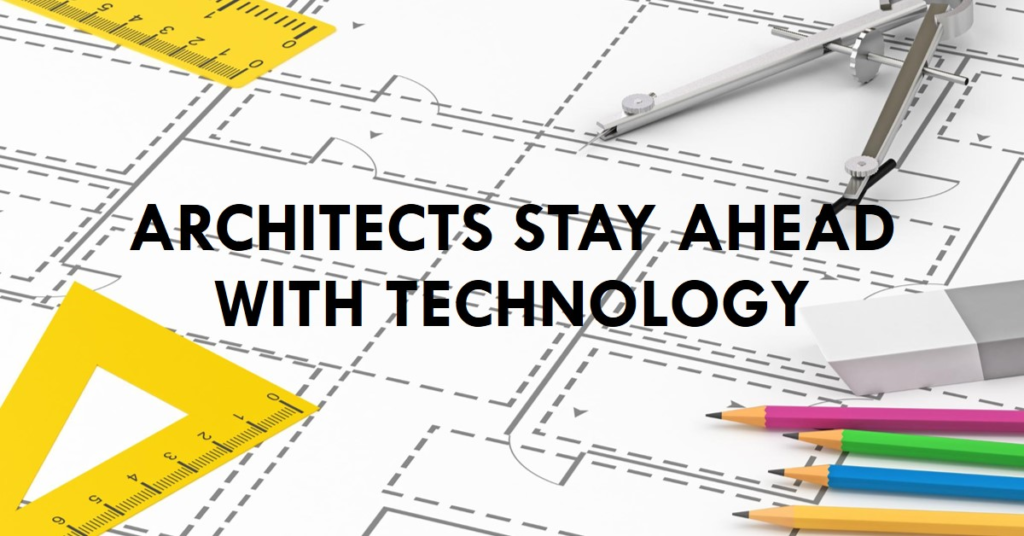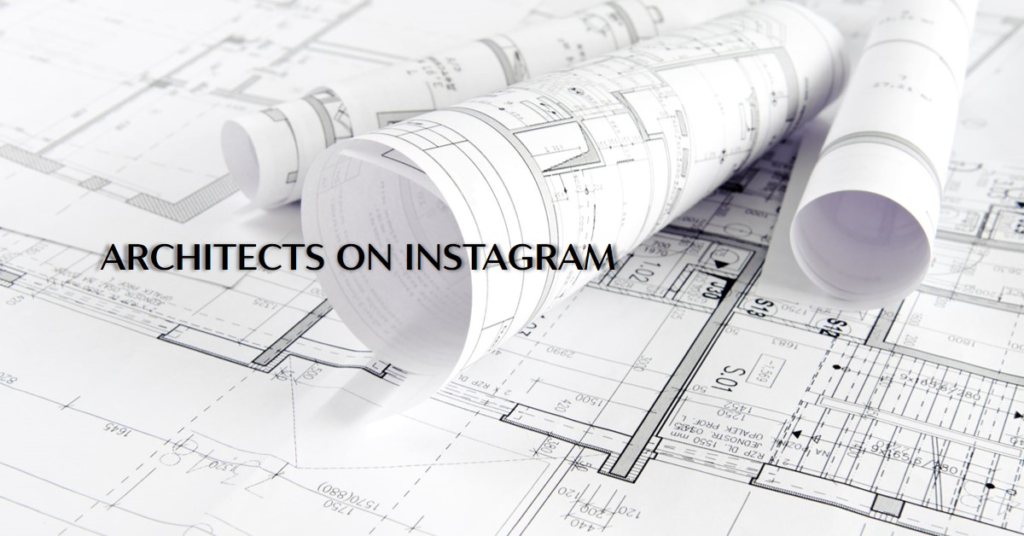
Table of Contents
1. Introduction: The Intersection of Architecture and Technology
In the rapidly evolving field of architecture, technology has become an indispensable tool for architects seeking to stay ahead of the curve and deliver cutting-edge design solutions. From advanced modeling software and virtual reality simulations to cloud-based collaboration platforms and artificial intelligence, architects are harnessing the power of technology to streamline workflows, enhance creativity, and push the boundaries of architectural innovation. In this blog post, we’ll explore how architects leverage technology to stay ahead in today’s dynamic design landscape.
2. Embracing Digital Design Tools: Revolutionizing the Design Process
Digital design tools have transformed the way architects conceptualize, develop, and communicate their ideas. With sophisticated modeling software such as AutoCAD, Revit, and SketchUp, architects can create detailed 3D models of their designs, allowing them to explore different configurations, test design iterations, and visualize concepts in a virtual environment. These tools enable architects to iterate rapidly, refine their designs, and communicate their vision more effectively with clients, stakeholders, and project teams.
3. Leveraging Building Information Modeling (BIM): Enhancing Collaboration and Coordination
Building Information Modeling (BIM) has revolutionized the way architects collaborate with engineers, contractors, and other project stakeholders. By creating a digital representation of the building and its components, BIM enables architects to coordinate design elements, detect clashes, and identify potential conflicts before construction begins. This integrated approach improves communication, reduces errors, and streamlines the construction process, ultimately leading to more efficient project delivery and higher-quality outcomes.
4. Harnessing the Power of Virtual Reality (VR): Immersive Design Experiences
Virtual Reality (VR) technology is transforming the way architects visualize and experience their designs. With VR headsets and immersive visualization software, architects can step into their designs and explore them from every angle, gaining a deeper understanding of spatial relationships, scale, and proportion. VR enables architects to convey their design intent more effectively to clients and stakeholders, allowing them to experience the space firsthand and provide valuable feedback before construction begins.
5. Exploring the Potential of Augmented Reality (AR): Enhancing Design Development
Augmented Reality (AR) offers architects new opportunities to overlay digital information onto the physical world, providing real-time feedback and contextual information during the design process. Architects can use AR-enabled devices such as smartphones and tablets to superimpose digital models onto physical spaces, allowing them to visualize how their designs will interact with the existing environment. AR also enables architects to conduct on-site inspections, verify dimensions, and assess construction progress more efficiently, leading to better-informed design decisions and improved project outcomes.
6. Embracing Cloud-Based Collaboration Platforms: Facilitating Remote Work
Cloud-based collaboration platforms such as Autodesk BIM 360 and Trimble Connect have revolutionized the way architects work together, enabling seamless communication and collaboration across distributed teams. These platforms allow architects to share files, collaborate on designs in real-time, and manage project workflows from anywhere with an internet connection. By facilitating remote work and enabling asynchronous collaboration, cloud-based platforms empower architects to work more efficiently, reduce project timelines, and adapt to changing work environments.
7. Harnessing the Potential of Artificial Intelligence (AI): Optimizing Design Solutions
Artificial Intelligence (AI) is poised to transform the practice of architecture by automating routine tasks, generating design options, and optimizing building performance. AI algorithms can analyze vast amounts of data, identify patterns, and generate design solutions that meet specific criteria such as energy efficiency, daylighting, and occupant comfort. By leveraging AI-driven design tools, architects can explore a wider range of design possibilities, evaluate their performance against various metrics, and make data-driven decisions that result in more sustainable, efficient, and innovative design solutions.
8. Incorporating Sustainable Design Principles: Addressing Environmental Challenges
In response to growing concerns about climate change and environmental sustainability, architects are incorporating sustainable design principles into their projects to minimize environmental impact and promote resource efficiency. From passive design strategies and energy-efficient building systems to renewable materials and green building certifications, architects are leveraging technology to design buildings that are environmentally responsible and resilient to climate change. By embracing sustainable design principles and leveraging technology to optimize building performance, architects can play a key role in addressing pressing environmental challenges and creating a more sustainable built environment for future generations.
9. Fostering Creativity and Innovation: Empowering Architects to Push Boundaries
Technology not only enhances the efficiency and effectiveness of architectural practice but also fosters creativity and innovation by providing architects with new tools and techniques for exploring design possibilities. By embracing technology-driven design methodologies such as parametric modeling, generative design, and computational design, architects can push the boundaries of creativity, experiment with new forms and materials, and create designs that are both aesthetically compelling and functionally innovative. By empowering architects to think outside the box and explore new design paradigms, technology is driving a wave of innovation in the field of architecture and shaping the future of the built environment.
10. Conclusion: The Future of Architecture in a Digital Age


In conclusion, technology has become an indispensable ally for architects seeking to navigate today’s complex design landscape and stay ahead of the curve. By embracing digital design tools, leveraging advanced technologies such as BIM, VR, and AI, and incorporating sustainable design principles into their projects, architects can push the boundaries of creativity, enhance collaboration, and create buildings that are more responsive to the needs of occupants and the environment. As technology continues to evolve and new innovations emerge, architects must remain adaptable, curious, and open to experimentation, harnessing the power of technology to shape a more sustainable, resilient, and equitable built environment for future generations.


